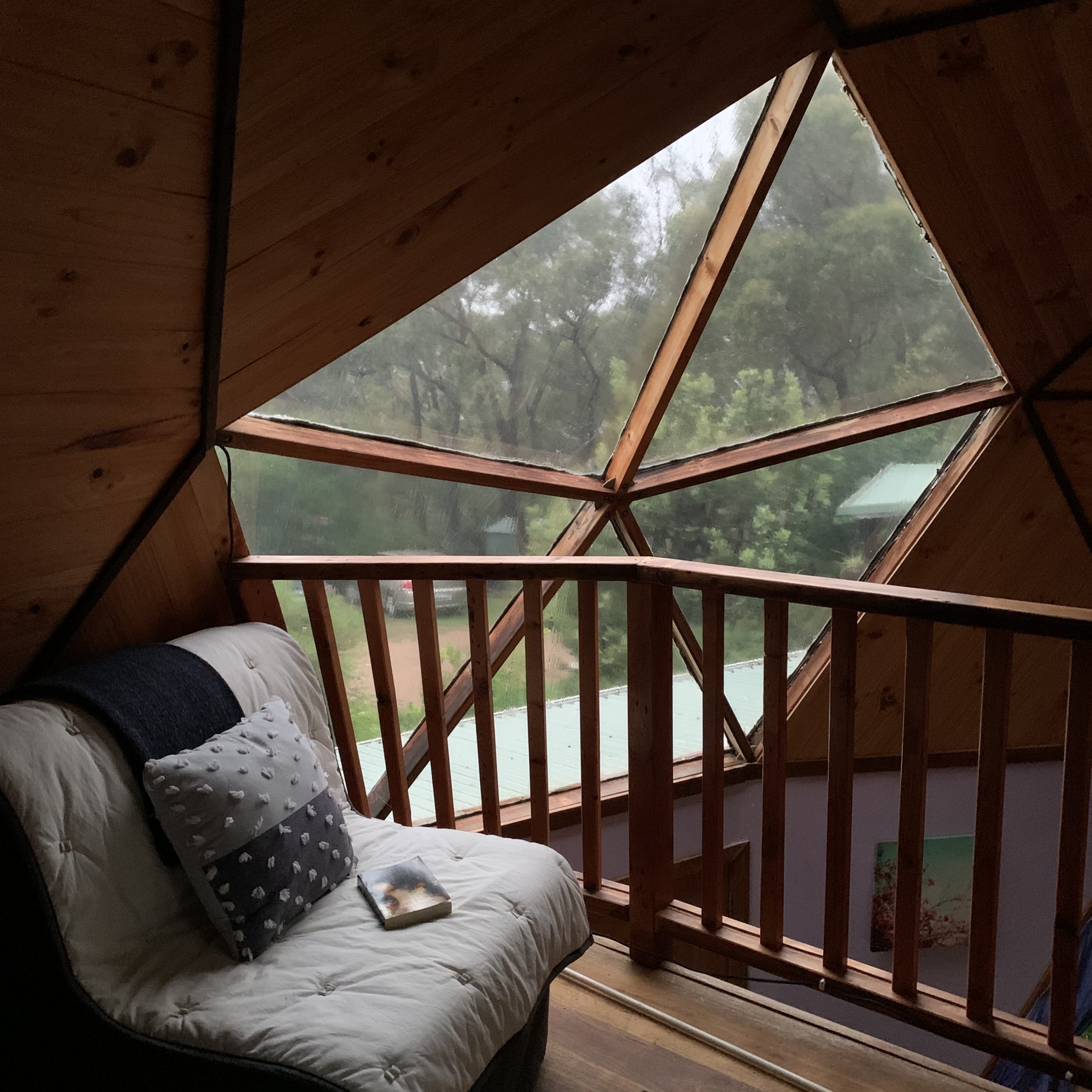Some things to consider when creating a meditative space …
Part 1: Dedicated vs fluid space
 If you were asked to imagine a “meditative space”, your mind might naturally conjure up the image of a room/part of a room in which there is a physical barrier or space between you and the chaos of life. The room might feature items that you use only for meditation – perhaps seating and accessories to support your posture and decor that inspires a sense of calm.
If you were asked to imagine a “meditative space”, your mind might naturally conjure up the image of a room/part of a room in which there is a physical barrier or space between you and the chaos of life. The room might feature items that you use only for meditation – perhaps seating and accessories to support your posture and decor that inspires a sense of calm.
The concept of having a dedicated space that is always there for you to retreat to when you need it is great for establishing and maintaining a consistent meditation routine. However, if you want a more flexible approach, or if you can’t set aside a dedicated space for meditation, you could also create fluid meditative spaces wherever you need them to be.
In theory, any place can be a meditative space. Many public places are naturally not ideal for meditation because they are often too overwhelming for the senses (e.g. they are too loud, bright, crowded, visually stimulating). That being said, many people enjoy meditating by the beach as they are enveloped by the warmth of the sun and the sound of waves. This shows that it’s all a matter of preference!
Within the comfort of one’s home, there are many spaces that could be transformed into places of meditation with the simple addition or subtraction of items.
Subtraction is typically about removing things to make a space less overwhelming. Perhaps before you start meditating in the lounge room, you could tidy up and put things away so the room you’re in feels less cluttered. Perhaps you could simply throw a tablecloth over the bookcase in the corner of the room so it’s less visually distracting.
Addition is typically about introducing things to make a space more conducive to meditation. You might light a stick of incense so that your mind knows that although you’re physically sitting in your lounge room surrounded by kids toys, mentally you’re in a space of calm and reflection. If you’re not particularly responsive to scent, perhaps putting on a soothing soundtrack might be the thing to get your mind out of “doing” mode and into “being” mode. Again, it’s all a matter of preference – you might need to explore and experiment to figure out what you need.
Part 2: Check your expectations
 If you were to Google search “how to create a meditation space”, you are likely to come across interior design blog articles urging you to curate your meditation room with pillows made of lush fabrics, candles and essential oil diffusers. There’s absolutely nothing wrong with having these things in your meditation space, however, it’s important to remember that there’s also nothing wrong with not having these things.
If you were to Google search “how to create a meditation space”, you are likely to come across interior design blog articles urging you to curate your meditation room with pillows made of lush fabrics, candles and essential oil diffusers. There’s absolutely nothing wrong with having these things in your meditation space, however, it’s important to remember that there’s also nothing wrong with not having these things.
Meditation is for everyone – it’s something that everyone can gain from in some way and it’s something that is available for everyone to practice in some way. However, portrayals in modern media can make meditation appear to be something that is only available to people who can afford to have an immaculately-curated meditation space.
Even seasoned meditators can get caught out by the “expectation vs reality trap”. If you find yourself thinking that you absolutely need that floor cushion you saw on Instagram yesterday to take your practice to a new level, perhaps it’s time to reflect on how you want your meditation space to serve you. Make decisions about your space that are realistic and take both function and aesthetics into account.
 Trish Talob, brings her ‘equitable mindfulness’ approach not only to her teaching but also to her work as a centred designer.”In my 9 to 5 job as a human-centred designer, I help organisations create accessible and inclusive digital and in-person services. In my 5 to 9 job as a meditation teacher, I advocate “equitable mindfulness” by teaching meditation in a way that makes it more accessible to and inclusive of more people.”
Trish Talob, brings her ‘equitable mindfulness’ approach not only to her teaching but also to her work as a centred designer.”In my 9 to 5 job as a human-centred designer, I help organisations create accessible and inclusive digital and in-person services. In my 5 to 9 job as a meditation teacher, I advocate “equitable mindfulness” by teaching meditation in a way that makes it more accessible to and inclusive of more people.”

